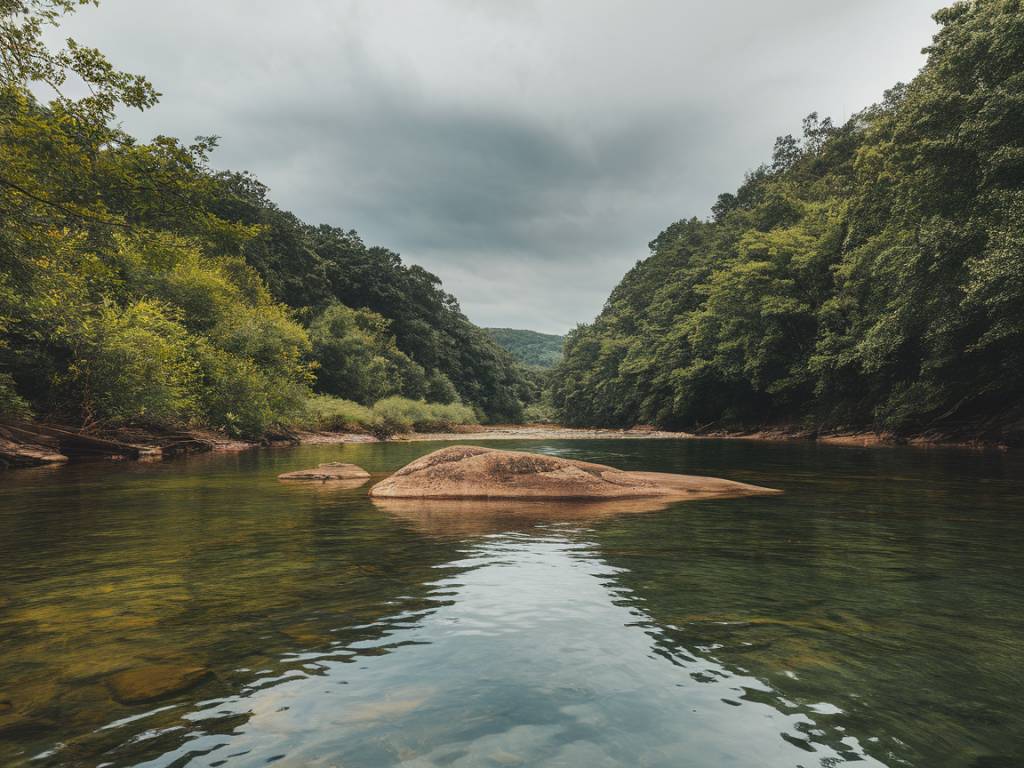As we stand at the shores of a rapidly transforming world, it becomes increasingly evident that climate change is more than just an atmospheric phenomenon. It permeates through every drop of water, every gentle stream, and vast ocean, reshaping the very cradle of life. The dance between climate fluctuations and water quality is as complex as it is intricate, alluding to an interdependence that demands a nuanced understanding.
The Impact of Rising Temperatures on Water Quality
Imagine a summer’s day where the sun’s embrace grows ever warmer. As temperatures rise, so too does the stress on aquatic ecosystems. Higher temperatures can lead to increased algal blooms, which, although picturesque, can release toxins that taint our water supplies. These microscopic green conquerors thrive in warm waters, consuming oxygen voraciously and creating dead zones inhospitable to marine life. But it’s not just the surface-level ecosystems that are affected; these blooms can impact the water quality we rely on every day. Have you noticed the taste of your tap water seems off, or perhaps even earthy? Algal blooms might just be the hidden culprit.
Changes in Precipitation Patterns
Our world’s rain, the invaluable artist that carves rivers and nourishes lands, is itself changing its rhythm. Climate change disrupts traditional precipitation patterns, leading to unpredictable rainfalls. In some regions, this manifests as droughts that parch the earth and shrink waterways, reducing the availability of fresh water. In others, torrential rains can cause flooding, washing pollutants like pesticides and waste into rivers and lakes.
These erratic patterns not only challenge our capacity to capture and store water but also increase the concentration of contaminants in water bodies. The delicate balance that keeps water clean and life-giving is easily tipped, leading to water that, while abundant, might not be safe to touch or consume.
Ocean Acidification: A Salty Problem
The great blue yonder, our oceans, are not immune. Climate-induced shifts lead to ocean acidification, an often overlooked yet profound issue. As the seas absorb more carbon dioxide, their pH levels plummet. This change quietly erodes the shells of marine life, threatening biodiversity.
What does this mean for water quality, you ask? Our oceans connect to freshwater systems in a grand hydrological tapestry. As they change, their influence seeps upstream, altering coastal water quality, affecting fisheries, and ultimately, our food supply. The salty symphony that supports marine and human life alike becomes discordant.
Melting Glaciers and Sea Level Rise
Glaciers, the earth’s ancient sentinels, stand as silent witnesses to the climate’s capricious transformations. Yet, as they weep glaciers into rivers, we see both a boon and a bane. The initial influx of water from melting glaciers can temporarily enhance water availability in certain regions, but this is a fleeting gift, not a sustainable solution.
Eventually, as these glacial reserves diminish, communities that rely on them for water sources face scarcity. Meanwhile, rising sea levels encroach upon freshwater aquifers, salinizing them and reducing the potability of drinking water in coastal areas. It’s a dual threat, a juxtaposition that underscores the necessity of preserving the ice giants before they become myths of a bygone era.
Adapting and Innovating for a Sustainable Future
So what do we do as stewards of this blue planet? The answer lies in a marriage of ingenuity and responsibility. By embracing sustainable water management solutions, communities can mitigate some of these impacts. Innovations in water treatment technologies, such as advanced filtration systems and desalination, play a crucial role. Ever considered how your morning cup of coffee or evening glass of wine may be tied to these advancements?
Moreover, the adoption of nature-based solutions—like restoring wetlands and reforesting watersheds—can help maintain the balance so critical to water quality. These ecosystems act as natural filters, cleansing waterways and safeguarding against some of the climate’s more egregious changes.
Lastly, fostering an understanding of water conservation at an individual level can enact monumental change. By reducing, reusing, and recycling water, we contribute to a culture of sustainability. Have you pondered the impact of fixing that leaky faucet or reducing your shower time?
A Call to Action
As we wade through the currents of climate change, our responsibility as guardians of water becomes ever clearer. Each ripple of action, each splash of innovation, and each billowing wave of awareness count in this global effort. While the challenges are great, so too is our capacity to adapt and thrive.
Let’s ensure that future generations inherit not a world thirsting for solutions, but one overflowing with wisdom, empathy, and the unyielding flow of life-sustaining water.

